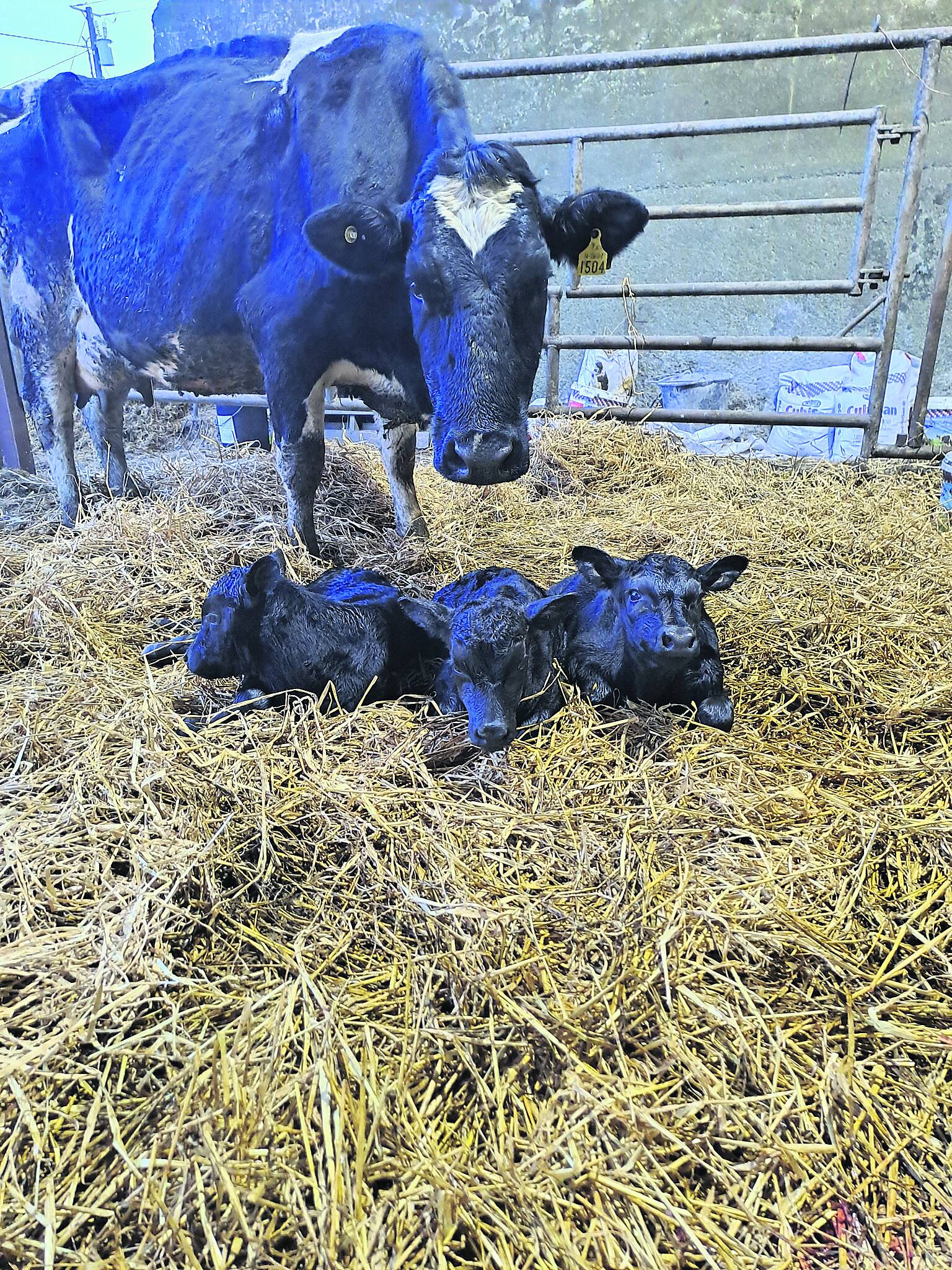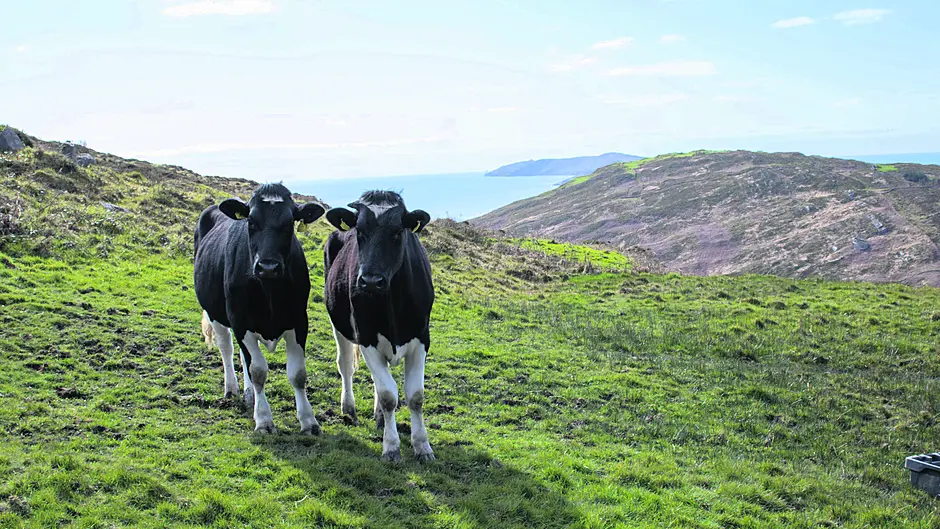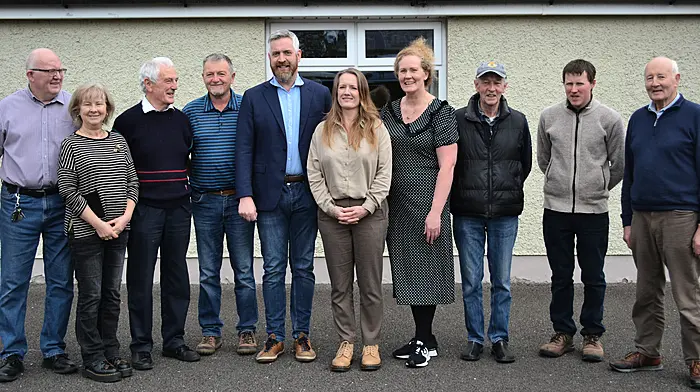Tommy Moyles looks ahead following a challenging winter which has blossomed into a positive spring for farmers.
I WOULD love a year of normal weather. I’ve lost track of how many times I’ve heard farmers or those involved in the wider agricultural sphere pass similar comments.
It’s easy to see why. The last two years were challenging in that regard.
The wet summer of 2023 seemed to continue until the end of April last year.
Cold northerly and easterly winds prevailed in 2024 until mid-August and while the ground was dry, the colder-than-usual temperatures meant growing conditions for grass and crops weren’t ideal.
They were on the backfoot from early on and despite having an excellent autumn to round out the year, growth rates never recovered enough as the longest days of the year had passed.
Cast your mind back to last March and April when it was extremely challenging to try and get any cattle out to grass and silage stocks were running out.
There was a very small period to get ploughing and crops sown at the end of February last year and for almost two months after that it was near impossible to get a sustained period of dry conditions to make progress.
As anyone farming knows, there’s still a long way to go until May, never mind beyond that, but a dry spell in March just does wonders for the general mood.
Cattle can get out to grass, sheds empty and a farmer’s world is broadened that bit more as they are no longer confined to the yard as stock head out to the fields.
 Eoin Jennings had a lovely surprise earlier this month when triplet calves were born on his farm – The Gairdín Mór – in Shanaway, Ballineen.
Eoin Jennings had a lovely surprise earlier this month when triplet calves were born on his farm – The Gairdín Mór – in Shanaway, Ballineen.
For those looking to plant crops, it’s possible to get some field work done and make progress without constantly having to watch for a window of a few dry days and hope they stay long enough to get sods turned and seeds in.
January and February were washouts this year and the met station on Sherkin Island recorded 347.1mm for the two months combined.
That’s about 30% of the long-term average (LTA) rainfall recorded there. There’s consolation in the fact that as wet as they were, at least that rain came in those winter months when most cattle were housed.
Even though we’re only a short distance from February, that rain is now forgotten.
A dry start to March and the appearance of the sun helps to lift the mood and a very welcome rarity is in our midst too.
Weather and markets were both firmly in farmer’s favour so we better enjoy it while it lasts.
Milk price is forecast to remain above 50c/l for the year and beef prices are hitting heights never seen before.
Demand for protein across the continent and a declining European beef herd are playing their part in the base price for beef closing in on €7/kg.
That has moved almost weekly since the new year and has increased by almost €1.50/kg since the beginning of January.
As anyone involved in the sector for any length of time at all knows, both of these uncontrollables can take a turn for the worst very fast so make the most of it while we can.
While it’s been a near perfect few weeks on the farming front in West Cork, the same can’t be said about world affairs.
Global shocks that impact the market always trickle down so we must be prepared for anything.
They’re unpredictable too. The first impact felt by farmers when the Russian invasion of Ukraine got underway was an escalation in fertiliser prices.
Few at the time would have expected that war to play a part in seeing milk prices skyrocket during 2022 though so as farmers we must position ourselves to handle whatever the markets and weather throw at us.










